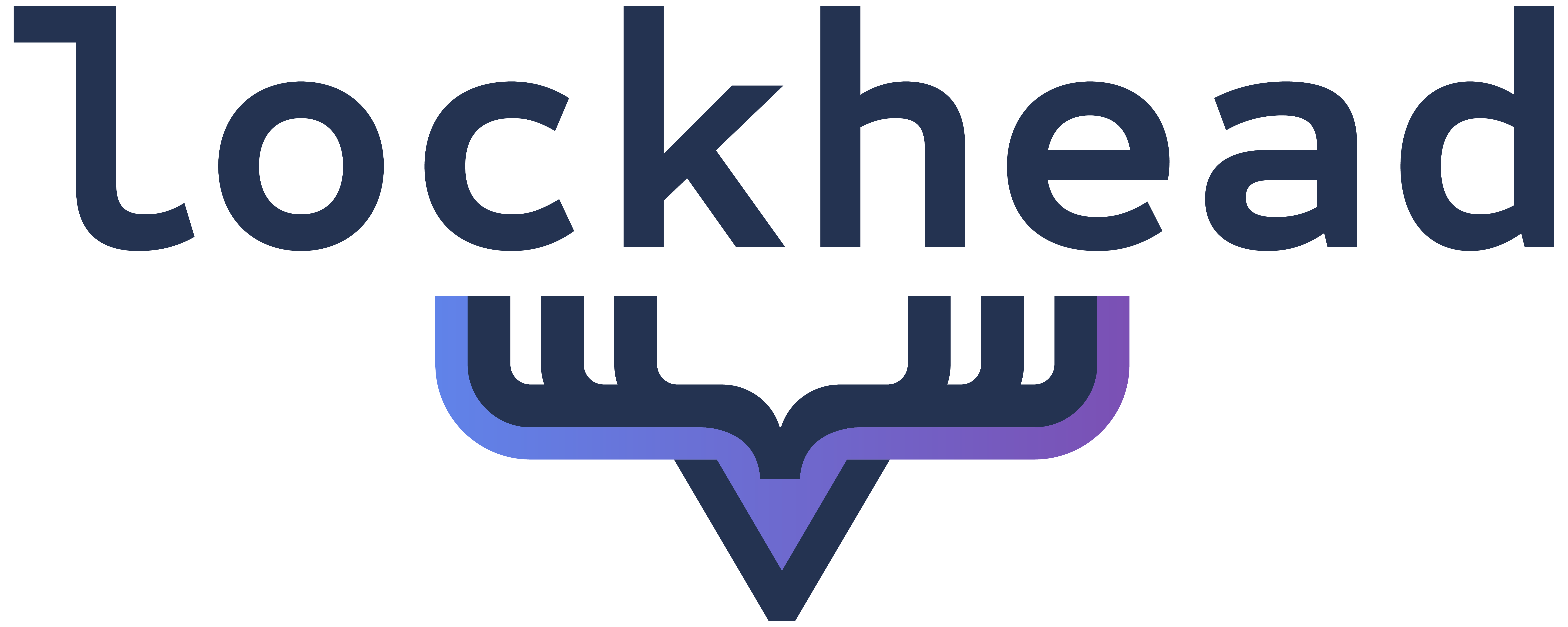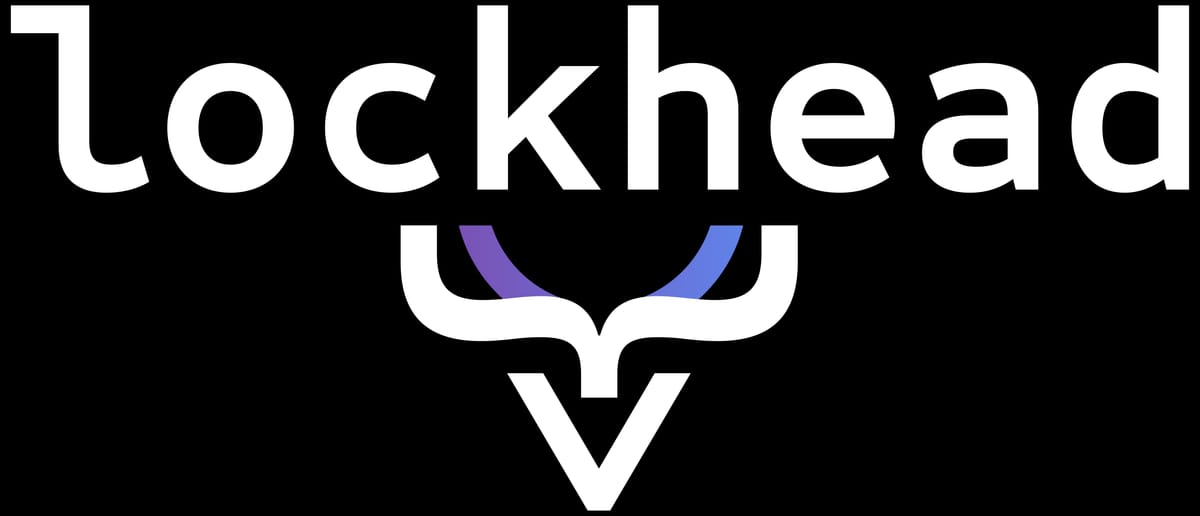
Amazon CodeCatalyst's integration with the IAM identity center allows SSO with your own IdP
In this post you will learn how the new integration of the IAM Identity center with Amazon CodeCatalyst allows to use your own IdP as single source of truth of users for CodeCatalyst spaces. We will look at how you can connect a space to an IdP and on how this can be used to set up certain permissions based on your IdP roles.
Single Sign On (SSO) using IAM Identity Center empowers CodeCatalyst users to use their own IdP to provision user accounts in CodeCatalyst
With the new integration for Amazon CodeCatalyst into the AWS Identity Center organizations can now connect to their own existing IdP (AzureAD, Ping, Okta, …) going through the AWS Identity Center.
Benefits of the new integration
With this new integration users and organizations go to the Space settings in CodeCatalyst and choose to integrate with an existing instance of the IAM Identity Center.
This also connects potentialy to any other IdP that uses the IAM Itentity Center as a proxy. Administrators will only need to manage roles and permissions in on central place. The roles from the IdP can then be mapped to certain team roles in Amazon CodeCatalyst.
What I don’ t like about the new integration
There are two things that I didn’t like when looking at this integration:
Why do we need to go through the IAM Identity Center and cannot allow direct SAML or OIDC integration for a specific space? With the “need” to have an IAM Identity center organizations also need to directly connect to an existing AWS Account to manage connectivity - and this once again brings back a “tooling” account that initially I was hoping to replace with CodeCatalyst.
The second thing that I missed was the possibility to automatically map existing roles to groups in Amazon CodeCatalyst - today this is a - one time - manually effort that needs to be conducted. If you need to do that only once for your organization that isn’t a problem, but if you decide to have multiple spaces for your organization and need to perform this multiple times, then this can be very time consuming.
Summary
I believe that this change will have a very big impact on the adoption for CodeCatalyst as administrators and security teams in organizations will make it easier to allow the usage now that there is a central place to manage identities. And with the possibility to actually try out CodeCatalyst in an enterprise world, I hope that we will also see more adoption of CodeCatalyst and with that also a more streamlined and better communicated roadmap of CodeCatalyst.
If you would like to learn more on how to activate this, please refer to the documentation.

